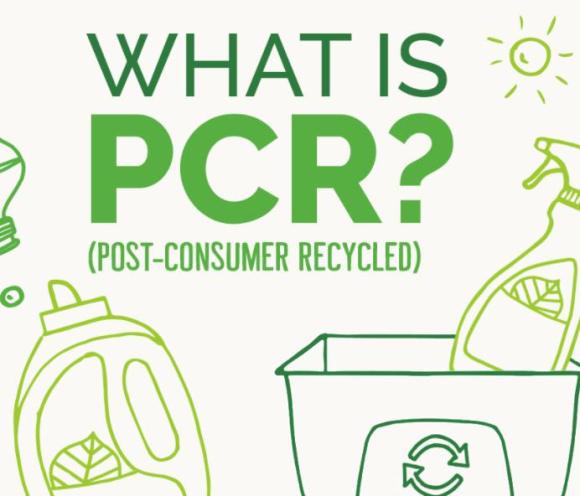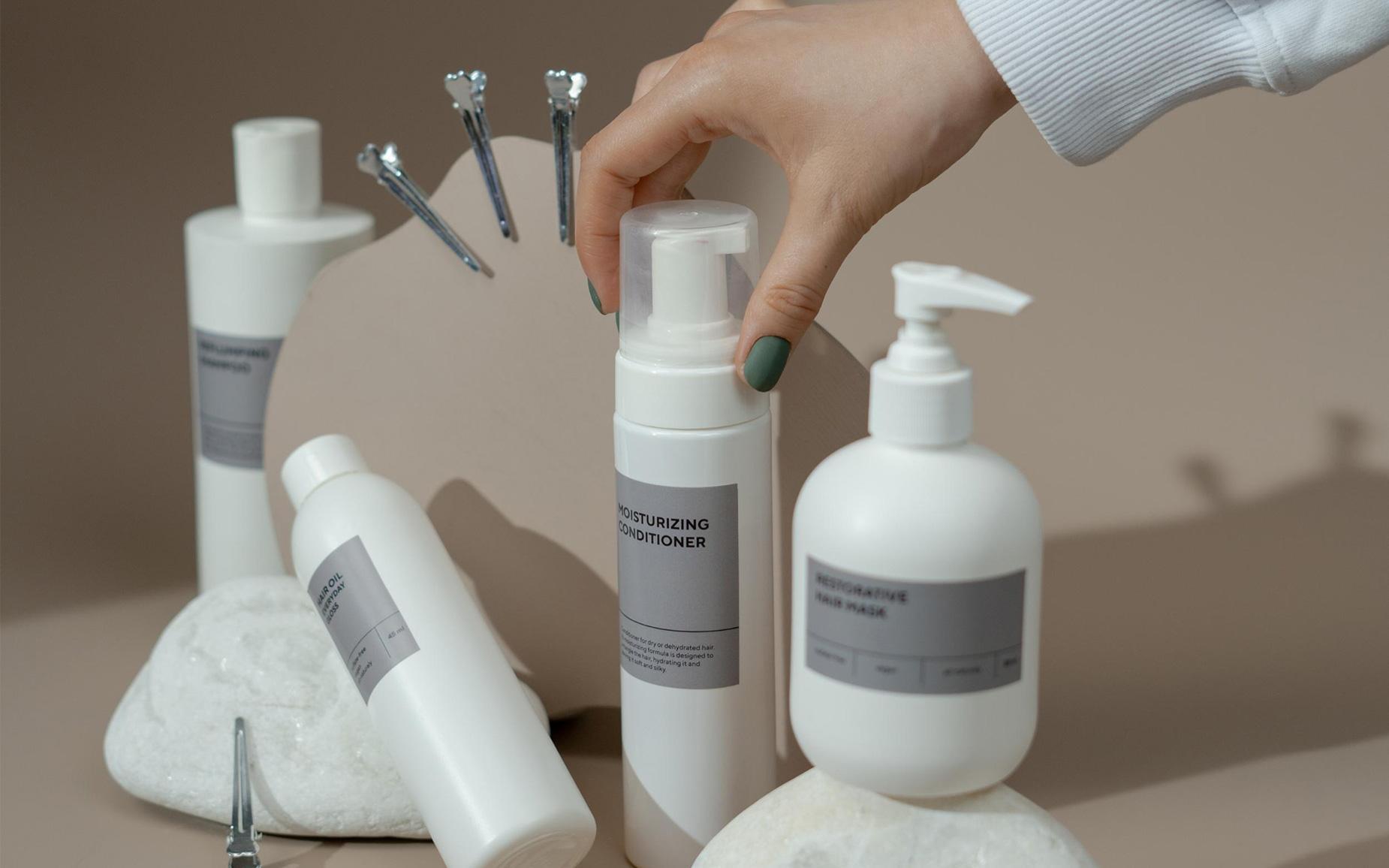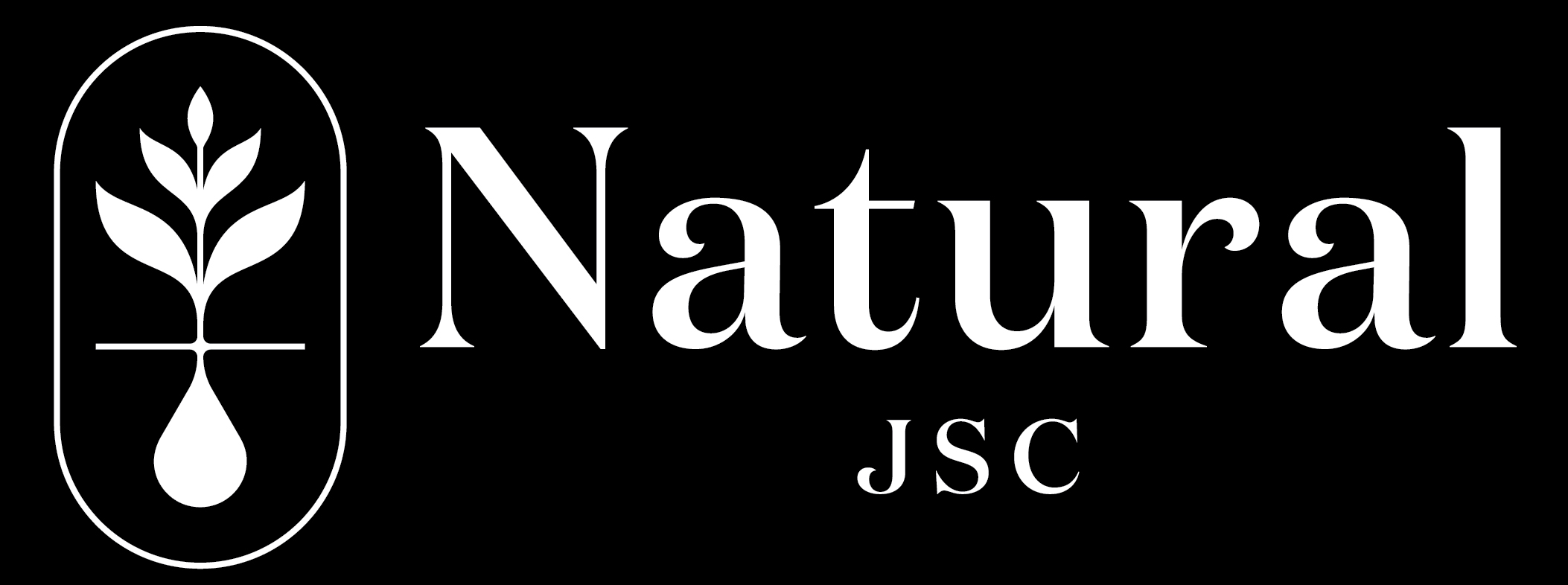For decades, plastic has been one of the most widely used materials worldwide due to its durability and flexibility. However, despite its advantages, plastic also causes numerous ecological problems and has a severe impact on the environment. To address this issue, we have begun to look for more eco-friendly materials, including PCR plastic.
Understanding the Concept of PCR Plastic
PCR plastic or Post-Consumer Raw Material refers to any recyclable material collected after consumer use. Therefore, although classified as “plastic” and plastics themselves account for a relatively high proportion of PCR, this material actually includes glass, aluminum, cardboard boxes, etc.

To produce PCR plastic, we first need to select and collect recyclable products. These products are then sorted appropriately, cleaned, cut into small pieces, and melted down to create PCR plastic pellets or small pieces. From these pellets and small pieces, a new, complete product is made.
PCR Plastic – An Eco-Friendly Choice
Although it is still plastic, PCR plastic is considered by researchers and manufacturers to be a more eco-friendly option than traditional plastic. The nature of this type of plastic and its creation are essentially aimed at preventing and minimizing waste.
The process of recycling used materials into new materials that are useful for life not only helps us solve the problem of post-consumer waste but also minimizes the amount of carbon emissions produced when plastic waste decomposes. Furthermore, this process also contributes to the conservation of natural resources, which are gradually being depleted due to excessive exploitation for the production of traditional plastics.
Looking at the points above, we can clearly see some of the benefits that PCR plastic brings to the environment. This material is an eco-friendly choice for consumers when you need to find a sustainable yet convenient product to replace traditional plastic.
Notes on PCR plastic
Alongside its advantages, PCR plastic naturally has some drawbacks that we need to be aware of when using it. In general, because it is mostly composed of traditional plastic, PCR plastic cannot biodegrade in natural environmental conditions. The molecules that make up PCR plastic cannot be easily broken down by microorganisms and must be treated like traditional plastic.
Furthermore, because it is collected from used waste, recycled materials must undergo complex cleaning and sorting processes to completely remove substances that are harmful to human health. This process requires manufacturers to have sufficiently advanced technology and a strict, careful work ethic and management approach. For this reason, creating a PCR plastic product is not only difficult but also highly complex. This is a major drawback in helping PCR plastic become widely distributed around the world.
Some notable applications
Due to its flexibility and durability inherited from traditional plastic, PCR plastic is also commonly used in packaging production, such as:
Food and beverages
The food industry generates a massive amount of plastic waste into the environment each year. Therefore, it is no surprise that this industry is also a pioneer in using eco-friendly products to minimize ecological impact. PCR packaging has begun to be used in this industry for packaging pre-cut fruits, disposable food containers, spice bags, etc.
Fashion
The amount of packaging used for clothing and accessories sold worldwide is increasing every year in line with the demand for personal care in society. And if you notice, the familiar traditional plastic packaging is gradually being replaced by PCR plastic packaging as a commitment of the fashion industry to the environment. Not only packaging, but some fashion brands are also implementing the use of PCR plastic for display boxes, storage containers, and hangers to promote comprehensive eco-friendliness.
Skin care and cosmetics

PCR plastic is also one of the top eco-friendly choices in the skincare and cosmetics industry. We can see that some cosmetic brands have been using this type of plastic to make packaging for lipstick tubes, mascara, or eye shadow containers. Convenient bottles for shampoo, body wash, perfume, etc. are also switching to PCR plastic instead of traditional plastic.
Conclusion
The push to develop PCR plastic for global consumption is a major effort to protect the environment. By using PCR plastic instead of traditional plastic, we are helping to limit and reduce the amount of plastic waste, which is becoming increasingly serious. At the same time, we are conserving oil and gas resources, which are gradually being depleted. Pursuing an eco-friendly, green, clean, and beautiful lifestyle has never been easier or more convenient with PCR plastic.
